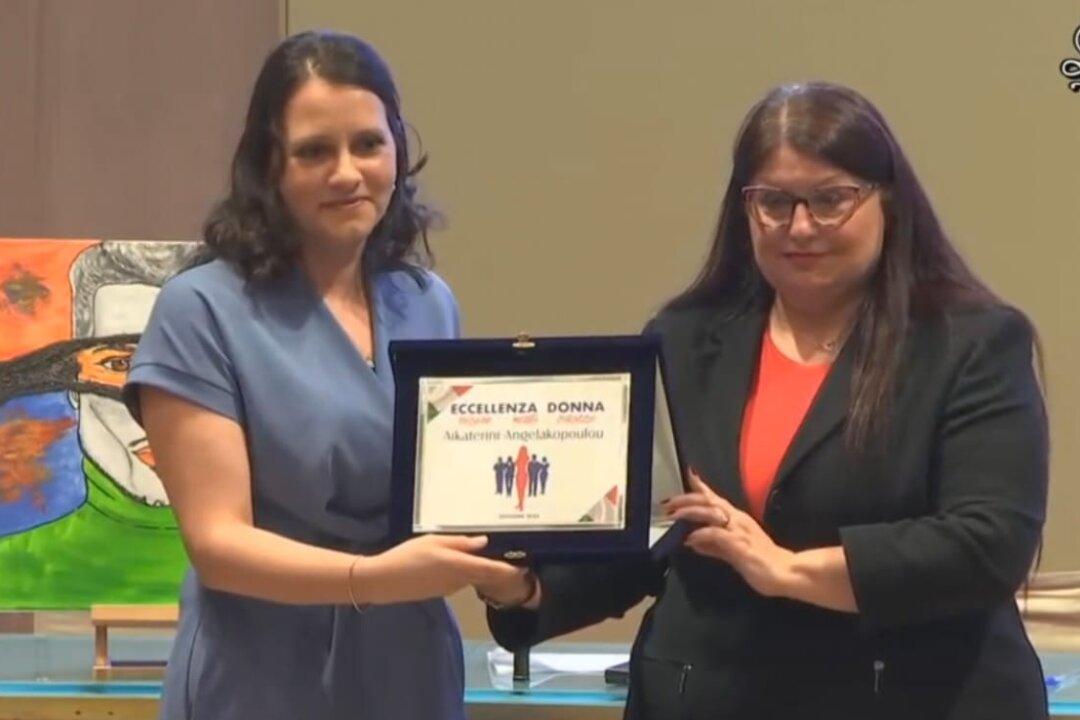Migrants who cross the Arizona-Mexico border will be returned to Mexico without any detours in the United States, the Department of Homeland Security announced Thursday.
The Department of Homeland Security (DHS) announced Thursday that it is expanding the Migrant Protection Protocols (MPP) program in Arizona. The program, commonly known as “Remain in Mexico,” means foreign nationals who seek asylum at ports of entry on the Southern border from Mexico can be sent to Mexico while they wait for a hearing in an immigration court located in the United States. During their stay, the Mexican government will provide these individuals with humanitarian protection and care.
Previously, migrants making an illegal entry into Arizona’s Tucson Sector were bused to El Paso Port of Entry before they were taken to Ciudad Juárez, Mexico, to await their immigration court proceedings. From now on, those individuals will be sent back at the Nogales Port of Entry, south of Tucson.
The move, according to DHS, brings the total number of ports of entry that practice MPP returns to seven. The other MPP ports of entry along the Southwestern border include San Diego and Calexico in California, and El Paso, Laredo, Brownsville and Eagle Pass in Texas.
DHS said more than 56,000 illegal migrants have been returned to Mexico under MPP since the policy first came into effect in January 2019.
“MPP has been an extremely effective tool as the United States, under the leadership of President Trump, continues to address the ongoing humanitarian and security crisis at the border,” Acting Secretary Chad Wolf said in the statement. “The Department is fully committed to the program and will continually work with the Government of Mexico to expand and strengthen it. I am confident in the program’s continued success in adjudicating meritorious cases quickly and preventing fraudulent claims.”
In an earlier interview with The Washington Post, DHS officials said that the Tucson Sector has lagged behind in the MPP program, mainly because there have been far fewer families crossing the Arizona-Mexico border, making Tucson a less urgent target. But Tucson saw an influx of migrant families at the end of the last year.





